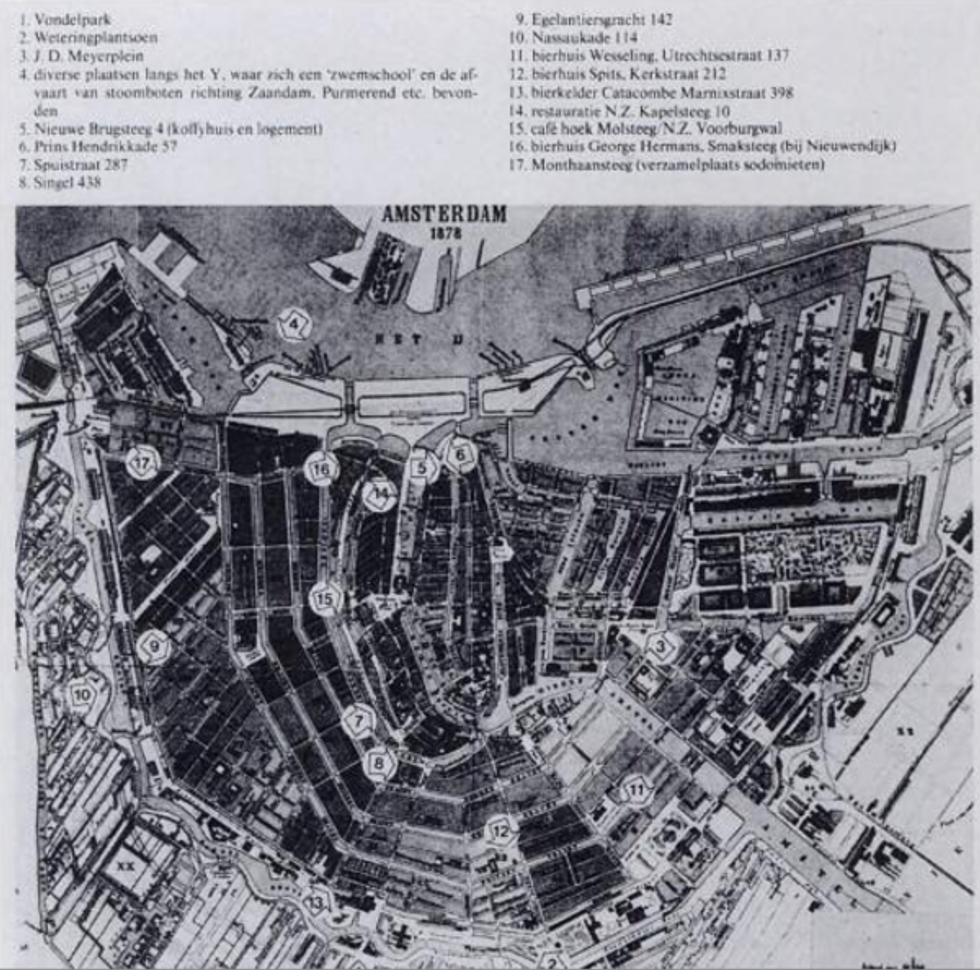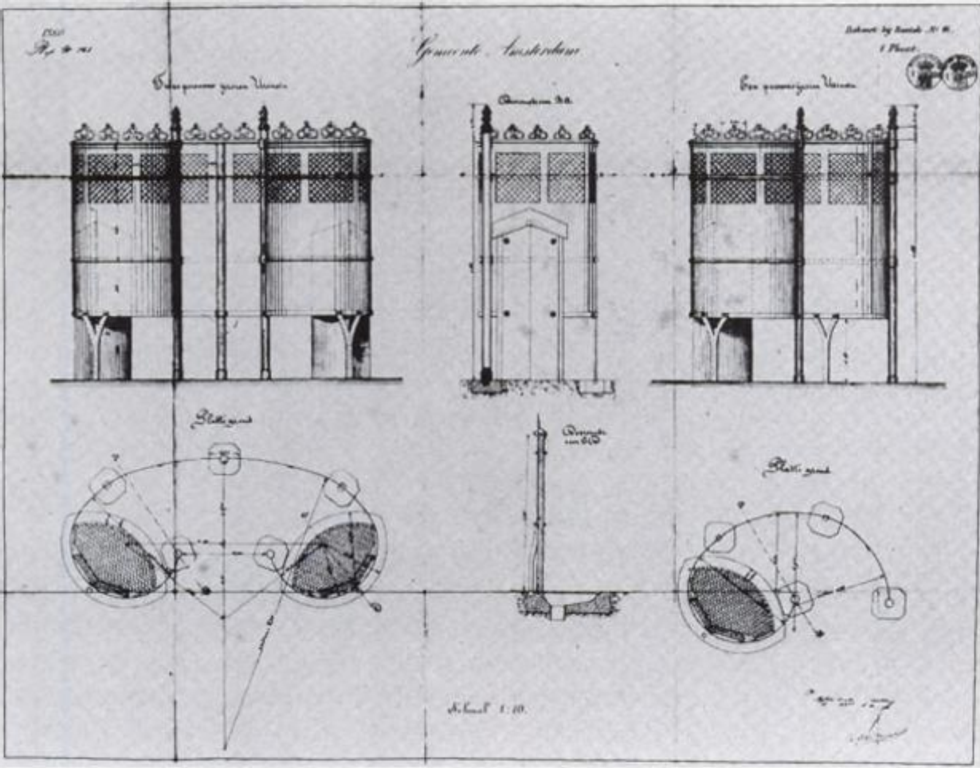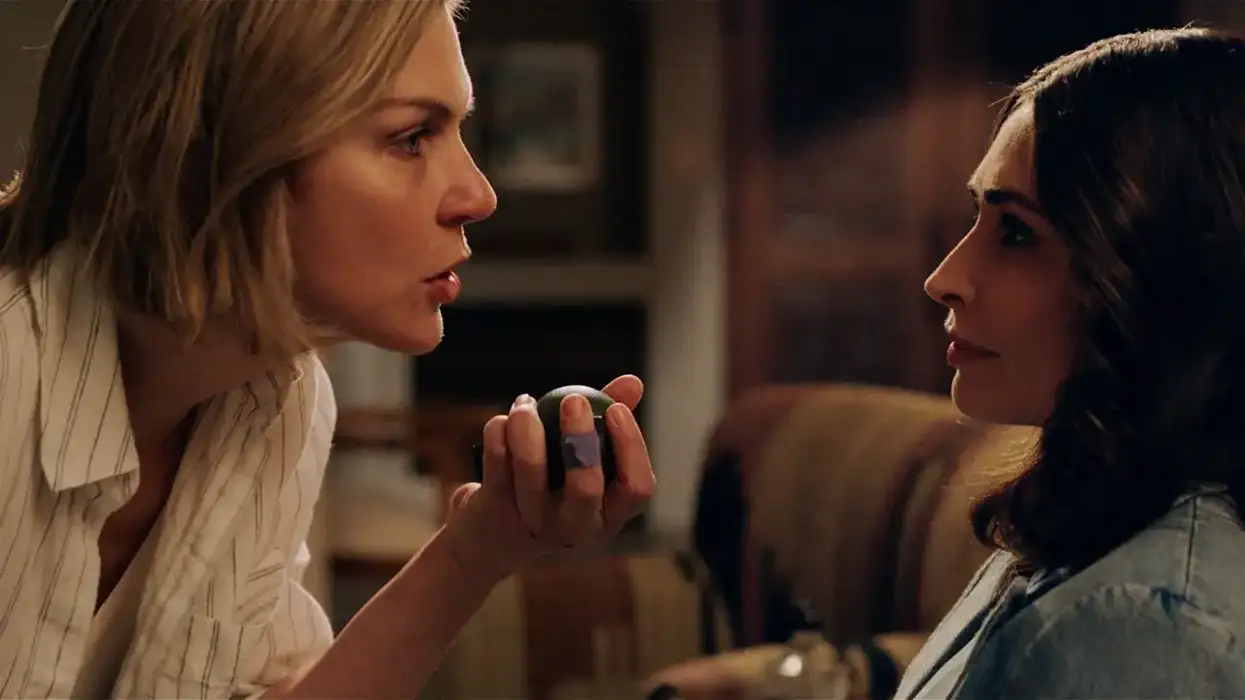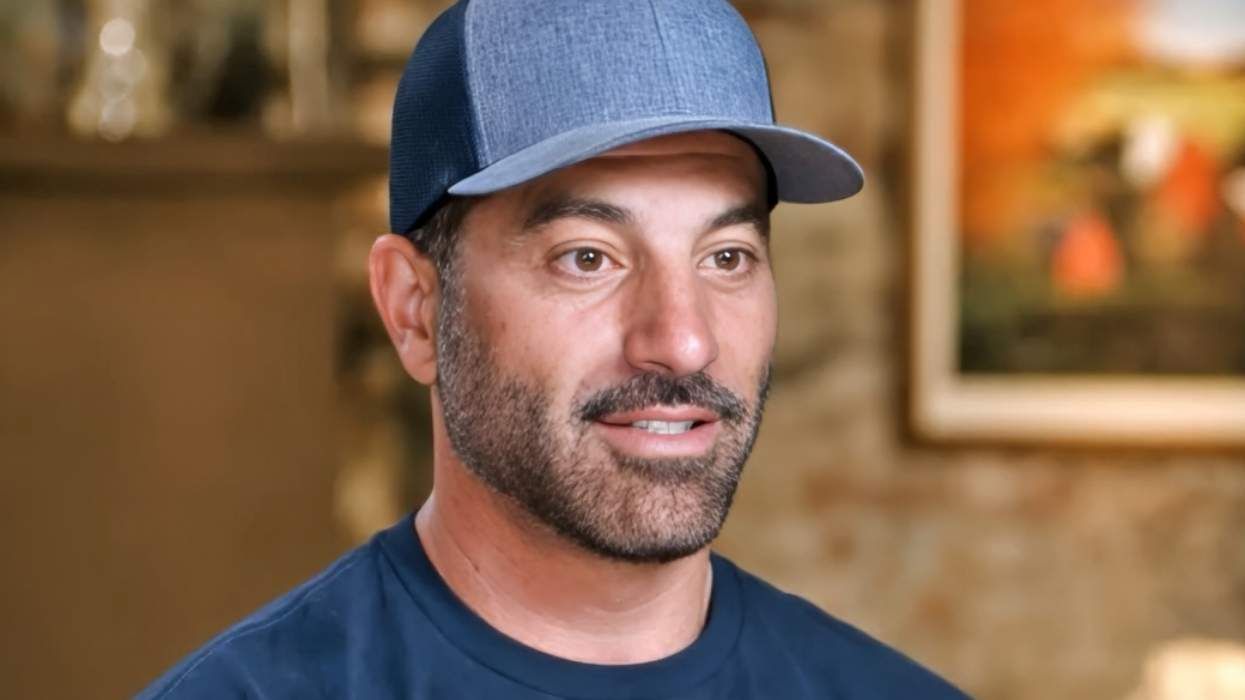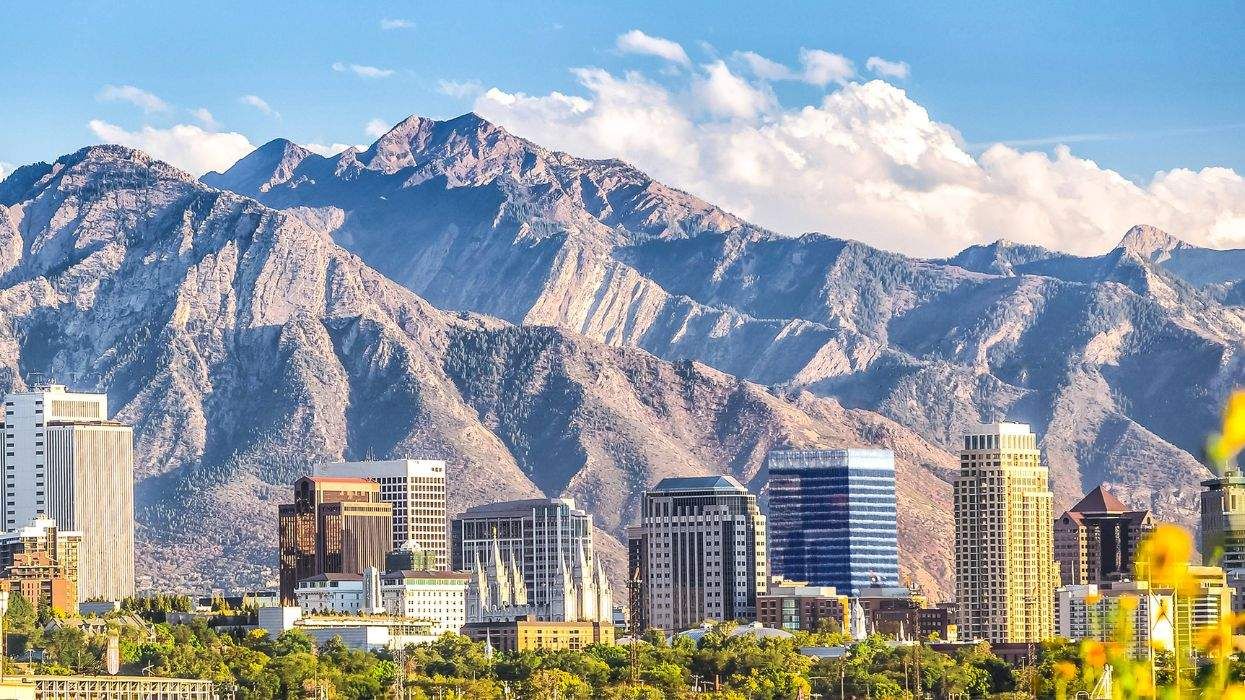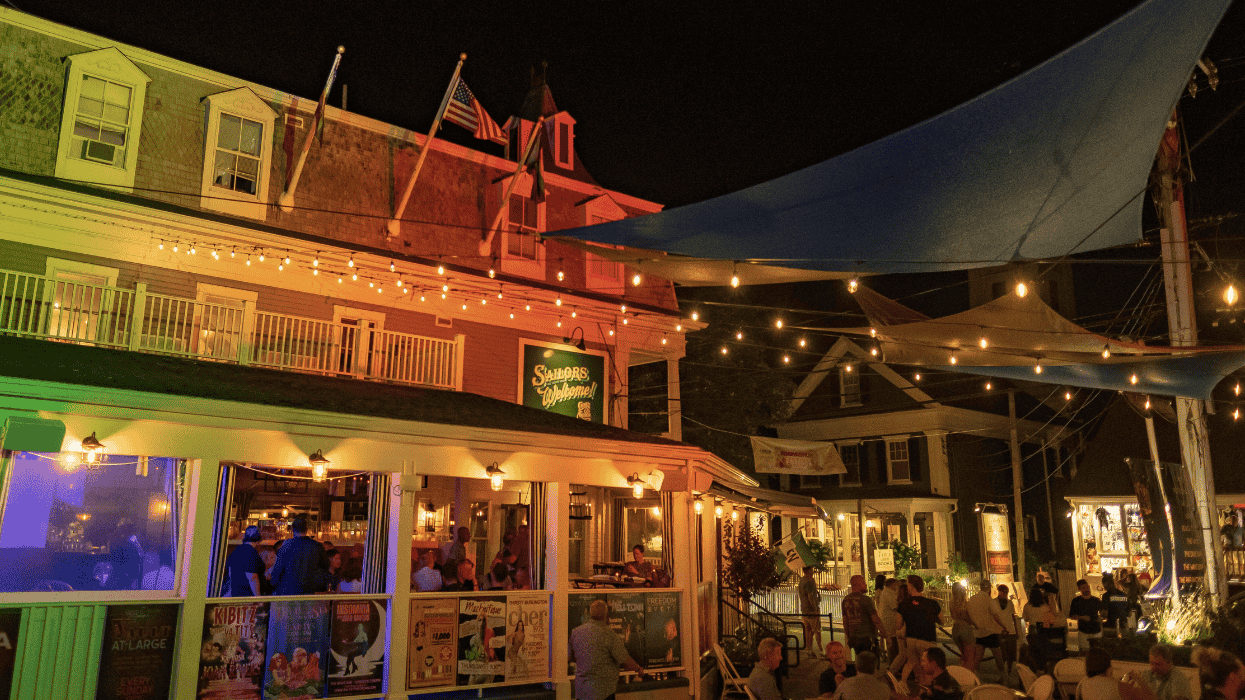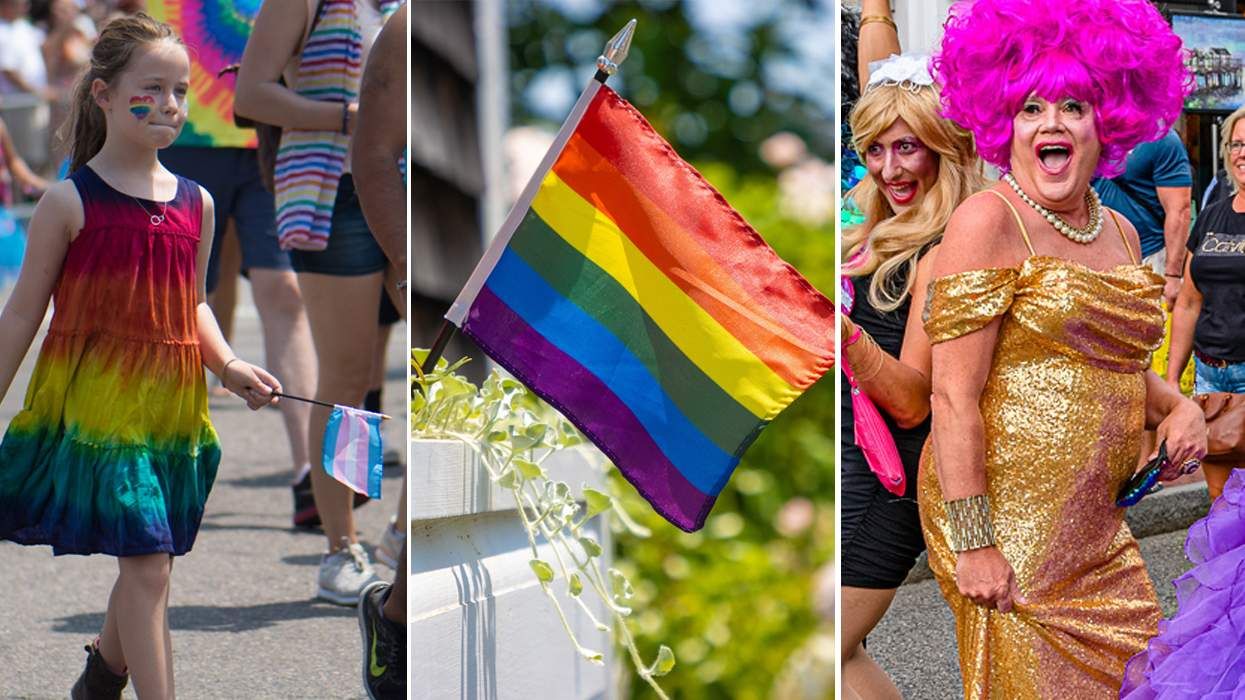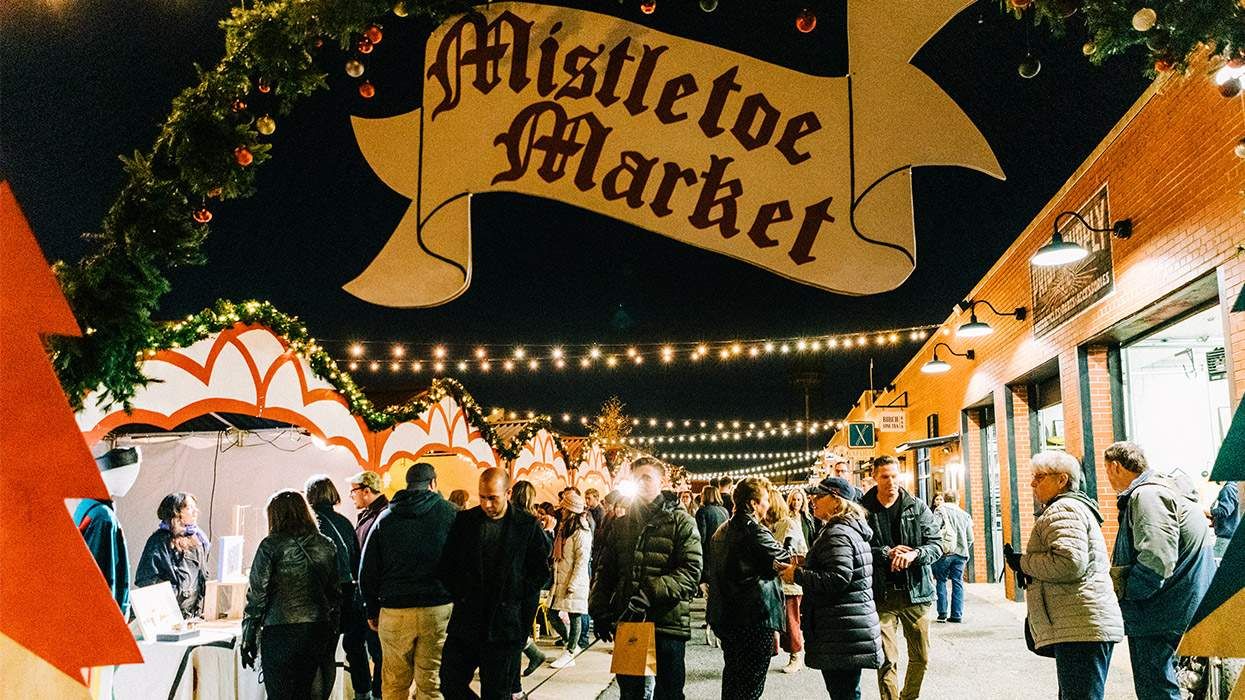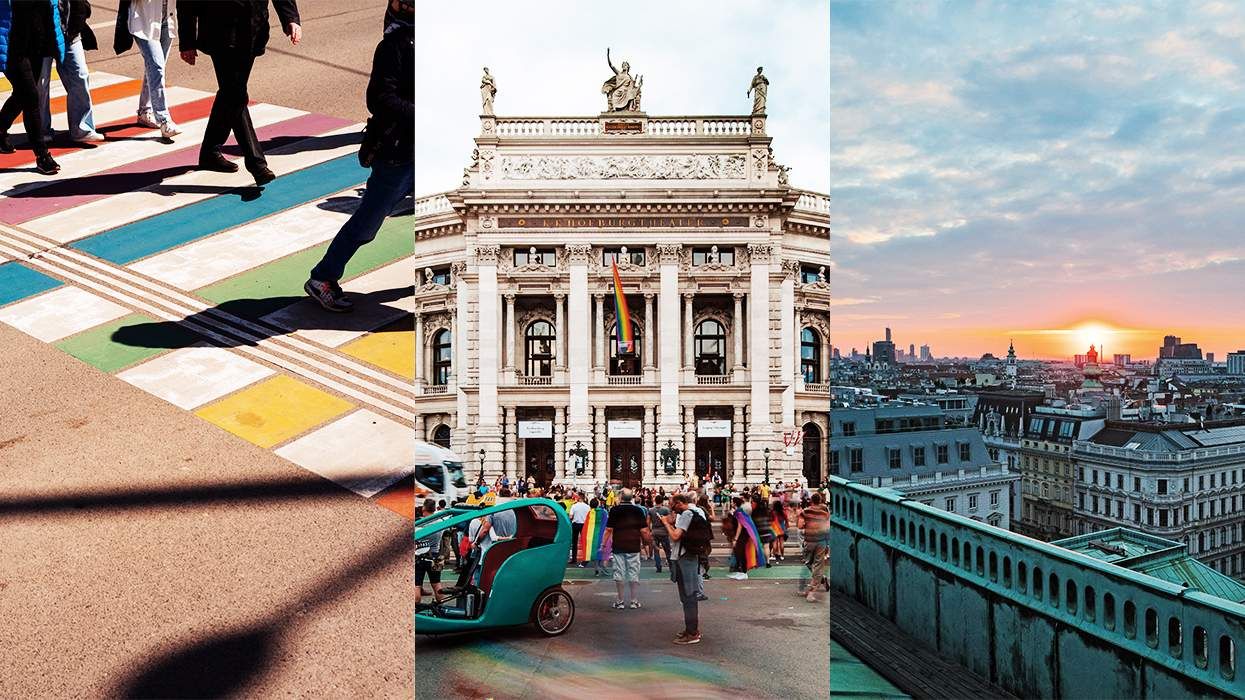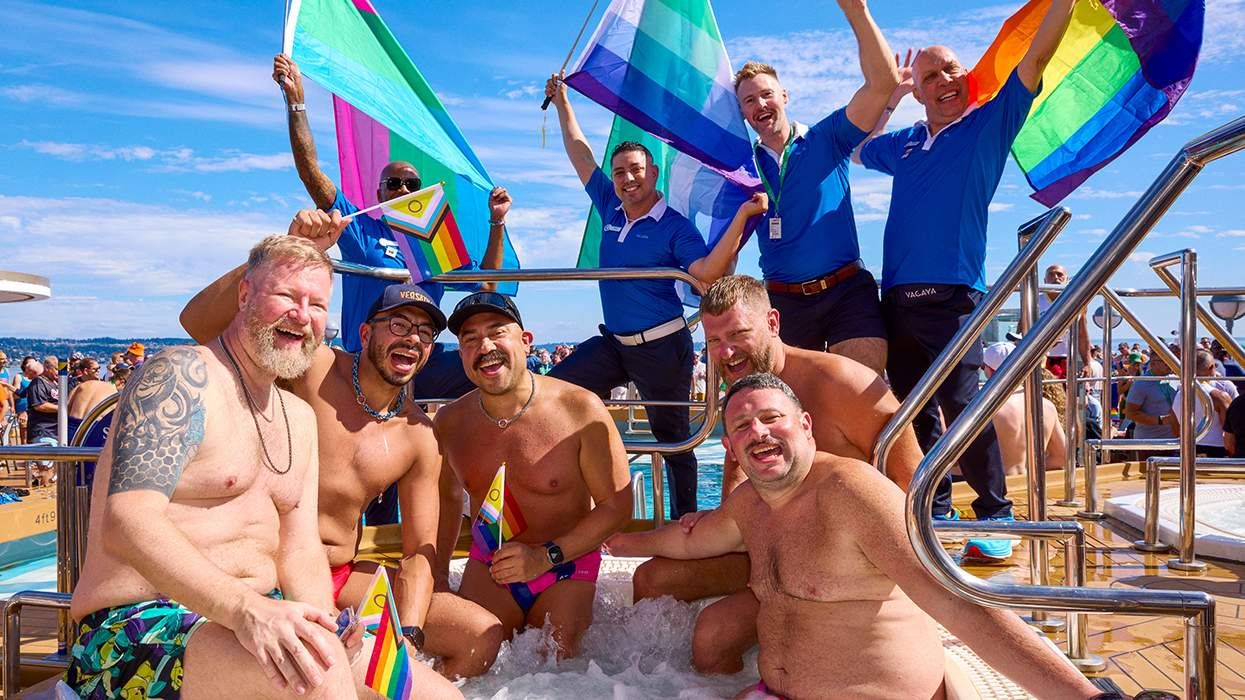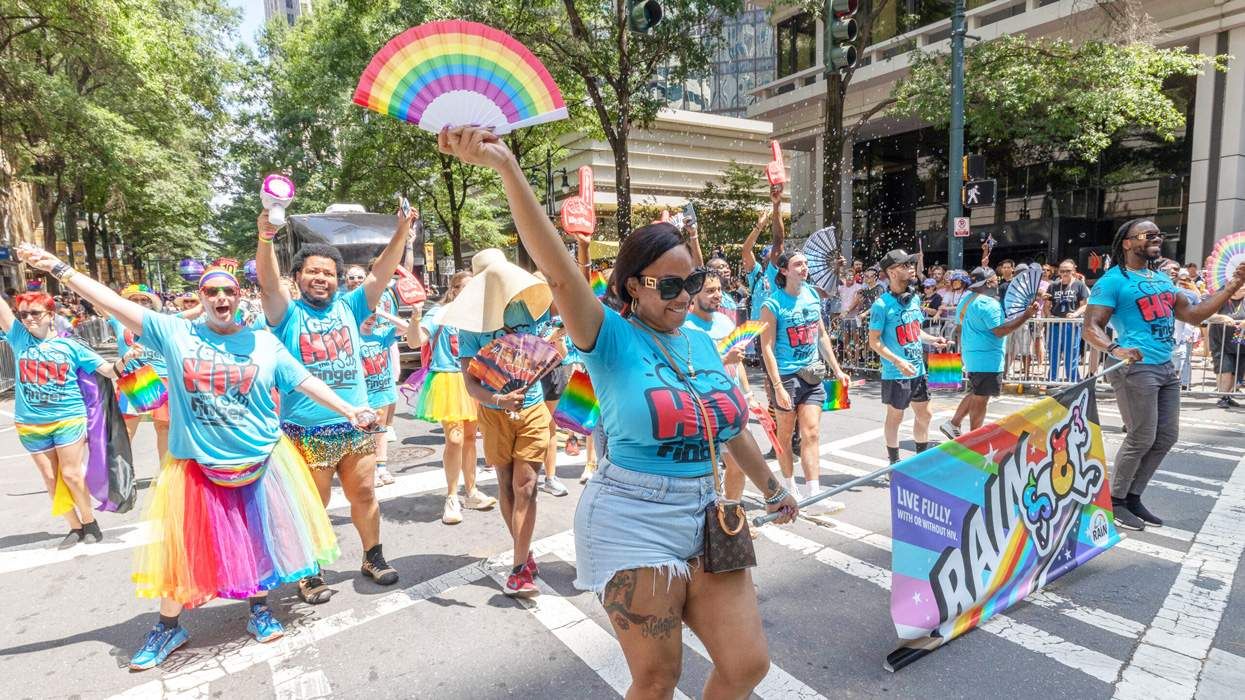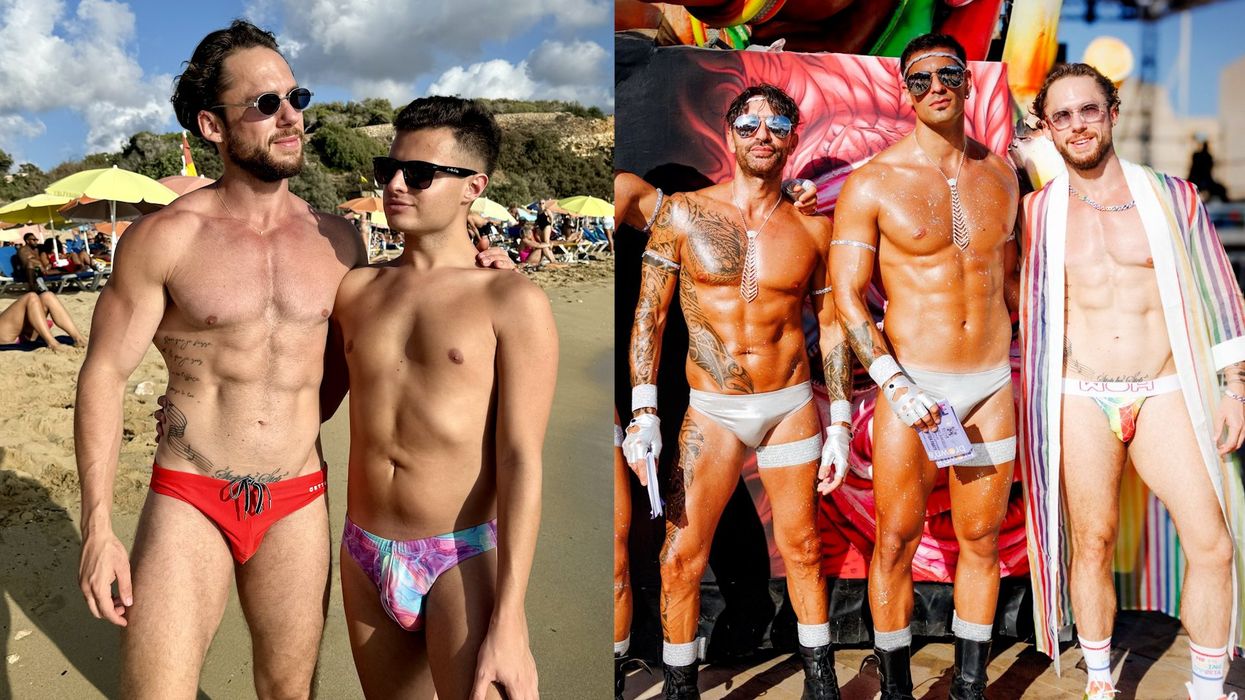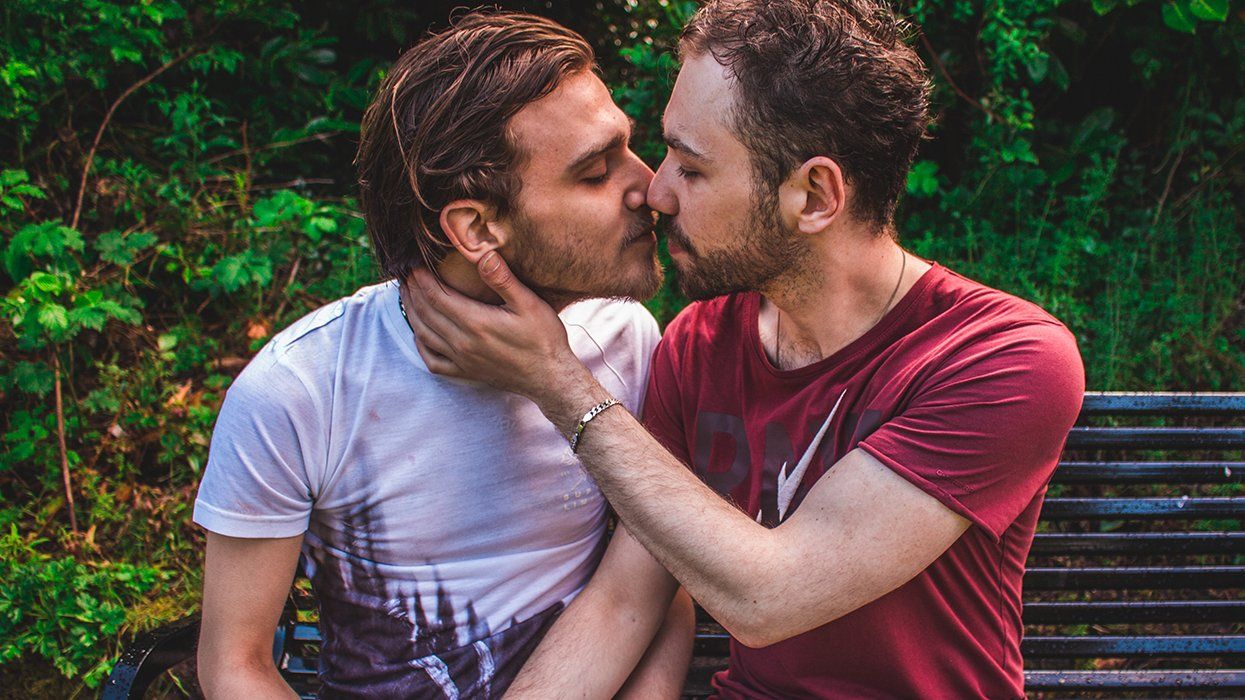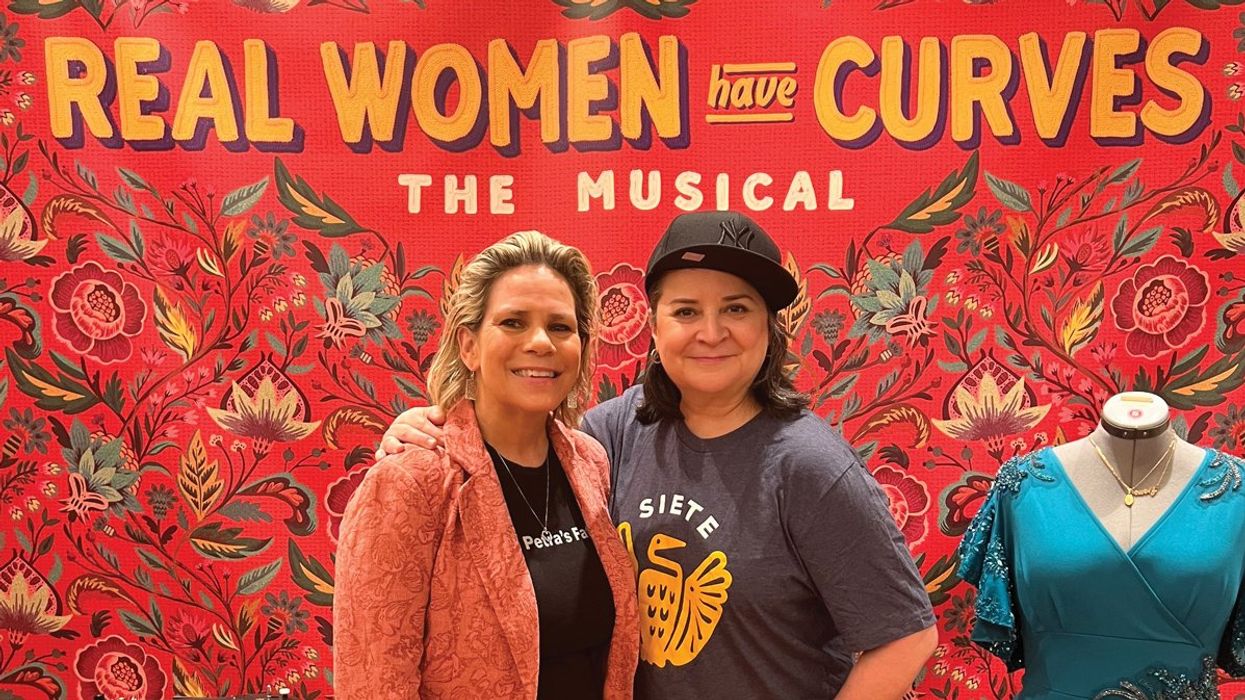There's a dearth of English-language books on famously lavender Amsterdam's gay history. Yes, spotty information on pioneering writers like early gay novelists MJJ Exler (1911's Levensleed, "Life's Grief.") and Joannes Henri Francois, author of Anders ("Different") and Het Masker ("The Mask"), can be found and translated online, and Richard Mason's 2012 novel History of a Pleasure Seeker itself hopes to transport readers to the Netherlands capital circa the turn-of-the-Twentieth Century, but even those leave true history buffs wanting more.
If you want a truly deep look at what it was like during the less liberal days of mid-to-late-19th Century Amsterdam, when, despite the 1811 passage of relatively liberal Napoleonic law, there were fresh crackdowns restrictions on same-sex sex, check out University of Amsterdam professor Gert Hekma's essay on Amsterdam in the David Higgs-edited collection Queer Sites: Gay Urban Histories Since 1600.
Hekma's piece available in part on Google books, and can be read and downloaded at the digital library Scribd, but you should really buy the book. That way you can get up close and personal with the 19th Century maps of where gay men used to cruise.
The one below, from 1878, comes with the caption, "Map of Amsterdam indicating the meeting places of 'wrong lovers' in the late nineteenth century." Police were definitely on the ball when it came to arresting men having sex with men in public places. Hekma found only 27 prosecutions in the 1860s. That number gres to 51 in the 1870s, 73 in the 1880s and ballooned to 97 and 127 in the 1890s and 1900s. But just because they were vigilant doesn't mean they were heartless, or at least generous. Hekma notes officers often took hours to arrest alleged offenders:
Convicted men had practiced consensual sex in all kinds of places: in horse carriages, trains, hospitals, swimming pools, on boats, markets, in bars, bedrooms, the poorhouse and, most often, in parks and public toilets. Sometimes the police took a long time to arrest their victims. Two men who had once been observed kissing on a street corner were followed for a fortnight before they were caught having sex in the same public place. In another instance two men spent an hour and a half in an old-style public toilet under a bridge where they were fucking each other. A woman vendor of eggs and pickies testified that one of the pair had bought two eggs from her before going down to the toilet where he was joined by his partner a littie later. She said the couple had been in that toilet before, and remained there until the night watch took up their post at 9:30 p.m. Their arrest was the work of a man who had staked out the toilet for hours.
An awareness of cruising led to a new type of toilet, one designed to hinder such activities. It didn't work:
In the eighteenth-century... toilets were wooden structures under the city's many bridges. They offered an early warning system of new arrivals since most lower-class people walked with wooden clogs so an individual descending the stairs was easily audible to persons in the latrines. In the mid nineteenth century street-level urinals were installed and these were heavily frequented by men wanting sex with other men. They had soon to be redesigned to make homosexual activity impossible but however clever the new design may have been, the new model has been employed by gay men until the 1970s.
Above you see part of a diagram of toilet stalls designed with the explicit purpose of hindering bathroom cruising. There's a larger version below as well.



